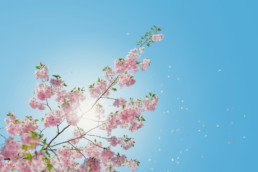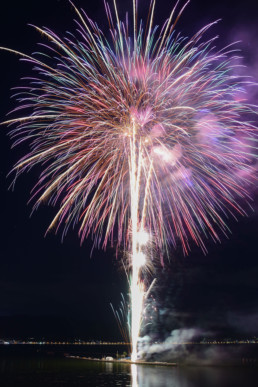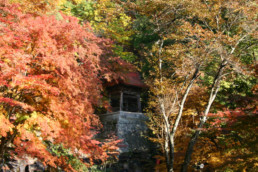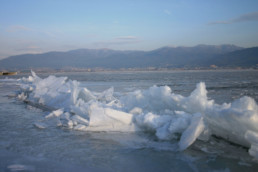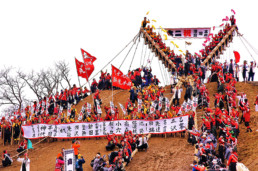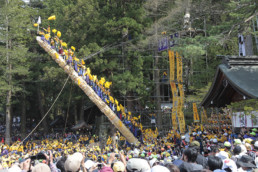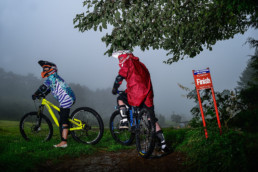Spring
Spring is the season for cherry blossom and flower parties. In mid-April, head to Suwa to see blossoms surrounding Lake Suwa, Takashima Castle Park, and many of the temples’ grounds. Cycling through the mountains during the daytime is also a sure way to spot single trees or groves in bloom.
Summer
Summer is the time for flowers; the Kirigamine highlands especially are a sight to behold. Day lilies, lily of the valley, azaleas, lavender, sunflowers, and hydrangea each bloom in different areas and can often turn entire fields into a gorgeous colored display.
- Fireworks Events - From late July to the end of August, Suwa City displays some of Japan’s largest and most well-known fireworks competitions over Lake Suwa. Lights reflect off the water and sounds echo throughout the surroundings during these beautiful night shows. There are regular fireworks displays every day during this period, with the largest held on August 15th every year.
- Yatsugatake Craft Market - This outdoor festival, held in summer and fall, highlights the production of hundreds of local craftsmen. There are items such as pottery, glass, artwork, woods, fabrics, and accessories on display. Various kinds of food and drink are also available.
Fall
During fall, the changing leaves blanket the region in beautiful shades of yellow and red. The approach to Qing Lonshan Choenji has cedar trees, believed to be over 300 years old, which turn red. Two of the ginkgo trees from the Shoryuji Castle Park become a stunning bright yellow. The trees of the nearby Yokoya Valley and many of the surrounding rural areas change colors in vibrant red, orange, and yellow patterns.
Fall brings outdoor harvest festival events, featuring foods, drinks, and often souvenir shopping.
Winter
Winter is mostly a time for skiing and winter sports in the Kirigamine highlands. The slopes are typically open from late December until late March, depending on weather conditions. Gentle slopes in the cross-country areas are perfect for family groups. The cross-country courses are often used by Olympians as the high elevation provides an excellent training ground.
Special Event
- Onbashira Festival - Every six years, in April or May, one of Japan’s largest and most traditional festivals called Onbashira (Honored Pillars) Festival is held. During this exciting event, very large trees are felled in the surrounding highland forests and young men ride the resultant logs down to the bottom of the hill.
Activities
- Lakeside - The path encircling Lake Suwa is perfect for walking or jogging, while the lakeside park allows visitors to relax and enjoy the best views of the lake. If you want to get on the water, try a pleasure swan cruise, an amphibious sightseeing bus, or join a fishing trip to catch smelt. In mid-winter, be sure to check out the lake’s famous omiwatari: ice formations that form from cracks in the ice.
- In the Mountains - The warmer months of the year are great for enjoying a range of sports, including mountain climbing, trekking, and mountain biking. During the winter, hit the slopes for downhill skiing and snowboarding, or the highlands for cross-country skiing.
